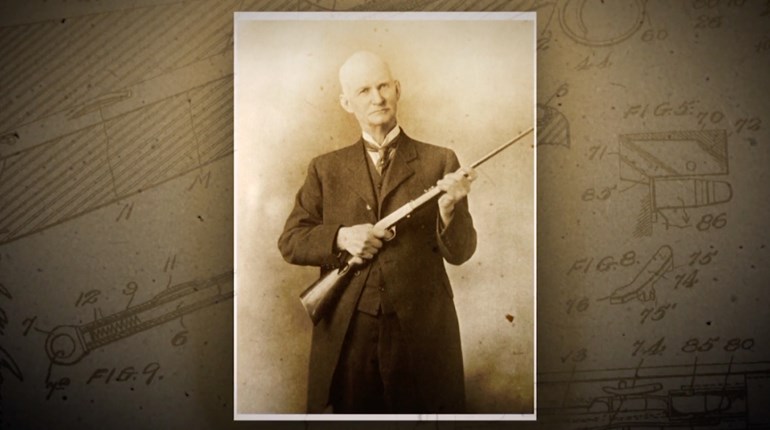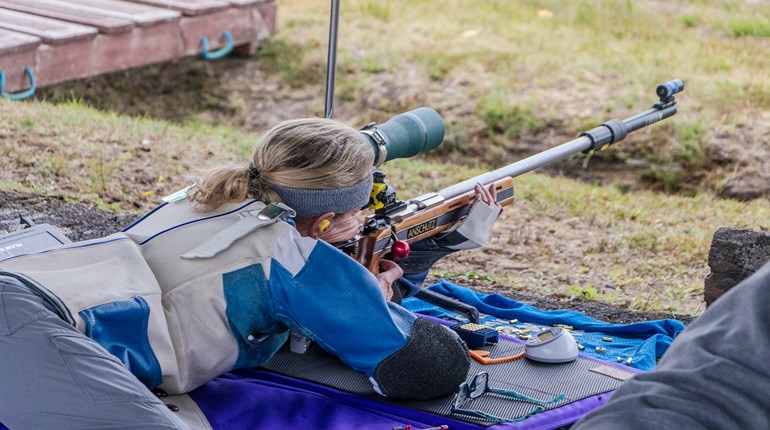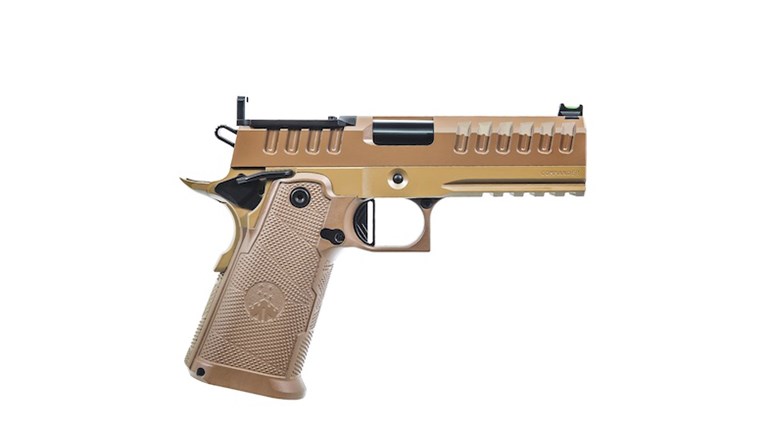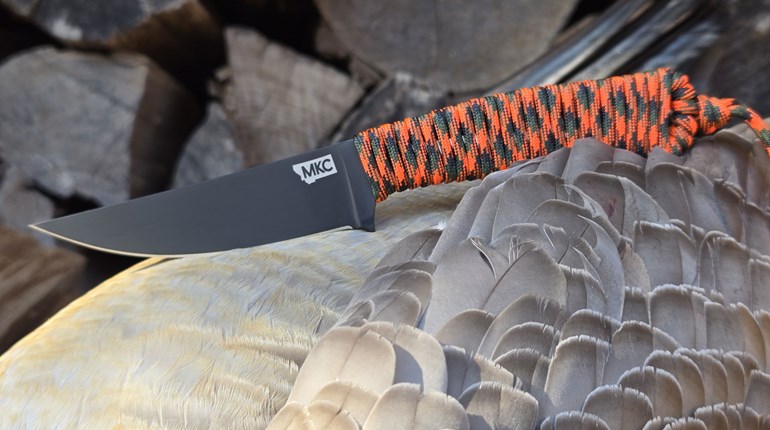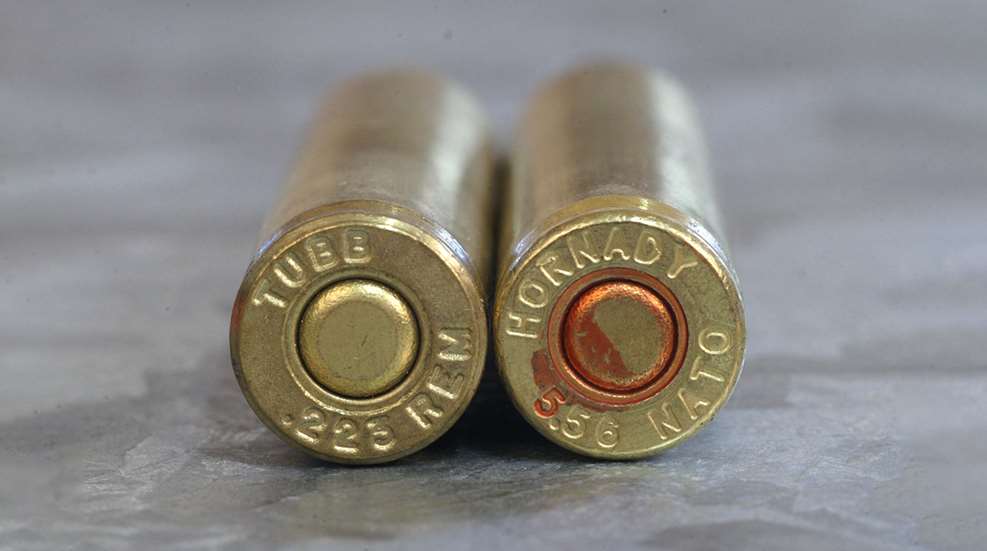
Depending on your perspective, and on your penchant for perspective, I hope you all might find this next bit interesting. That word, as an esteemed colleague often said, is most commonly used when you’re not sure what else to say.
Development of the AR-15 rifle and its cartridge necessarily coincided because neither existed previously. Both the gun and cartridge, which are inextricably linked, changed the world of firearms. That’s undeniable. Whether that change is perceived as good or bad, it’s not been indifferent.
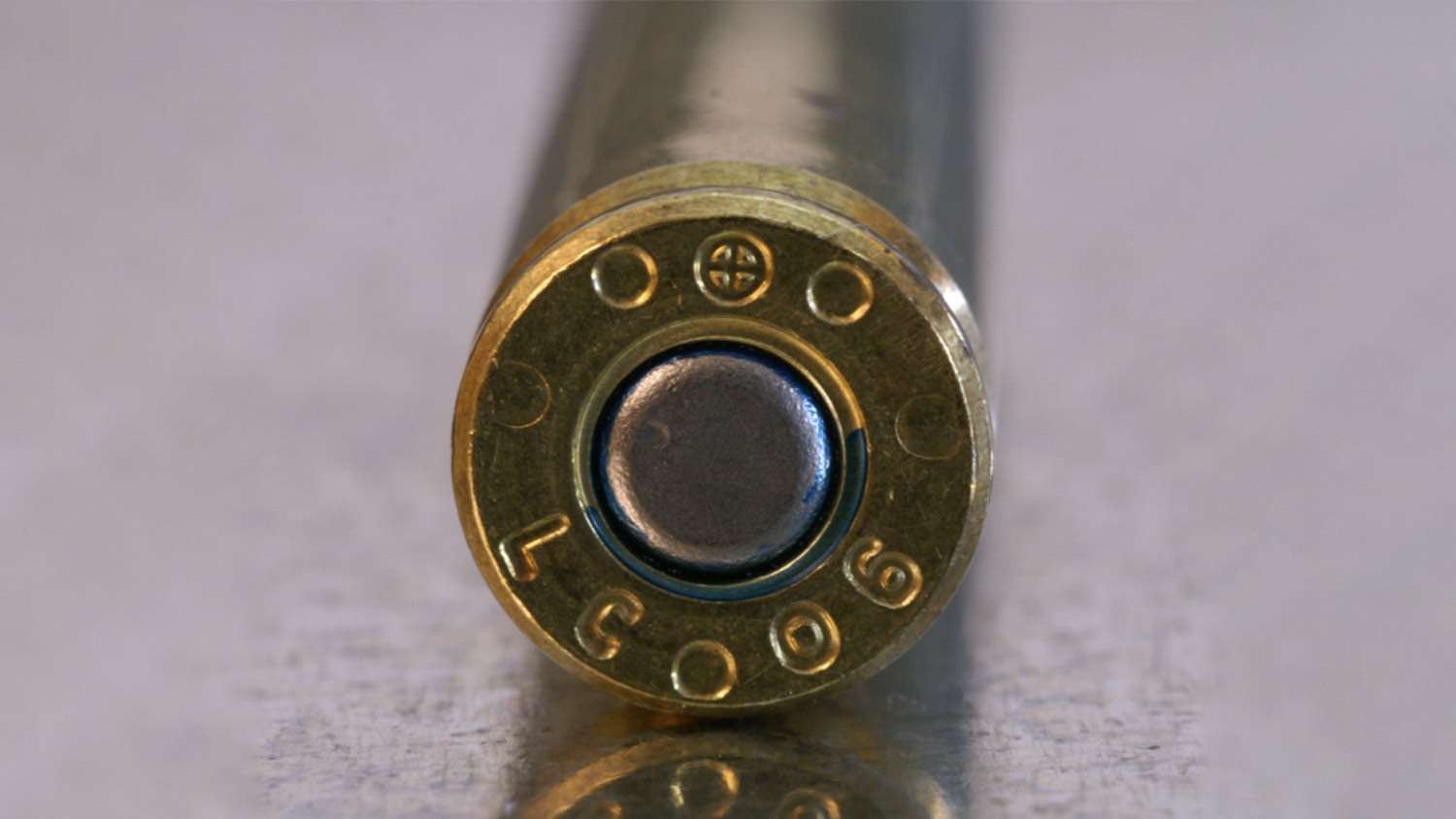
We have General Willard G. Wyman, commander of the U.S. Continental Army Command, to thank, ultimately, for both. He requested the development of the 5.56 mm, and a rifle to fire it. You can learn more about the rifle in this article, but here’s where the .223 Remington cartridge came from.
At the very start there was the .222 Remington. This was uniquely developed (no parent case) in 1950 as a cartridge for varmint hunting. It became known far and wide as a benchrest competition cartridge because it was good at it, and its developers were avid benchresters. It was the first commercial rimless .224 cartridge made in the United States. So, when Armalite, and others, started its Small-Caliber/High-Velocity experiments, this is what they started with. It was clear early on that it wouldn’t meet the Continental Army Command velocity and penetration requirements, so Armalite went straight to Remington, who in turn responded with the .222 Remington Special, which had a longer case body and shorter case neck than its .222 Remington. Springfield Armory concurrently developed the .224E2 Winchester, an even longer-bodied .222 Remington, which later became the .222 Remington Magnum. Springfield dropped out and in 1963, the Remington .222 Special got its designation as 5.56x45 mm and was adopted for use in the new M16 rifle (even though it was already being used). The next year it got SAAMI-certified and emerged as .223 Remington in commercial loadings.
That means .223 Remington has been with us a while now.
Over many years, there have been efforts to exploit longer-range capabilities of the .223 Rem. (and similar). Much, most, has come from projectile design changes, like upping weight and ballistic capability via new bullets like the Sierra 69-grain MatchKing released in 1984, and that trend continued, and still continues—heavier, longer, lower-drag bullets changed how the world views .22 cartridges.
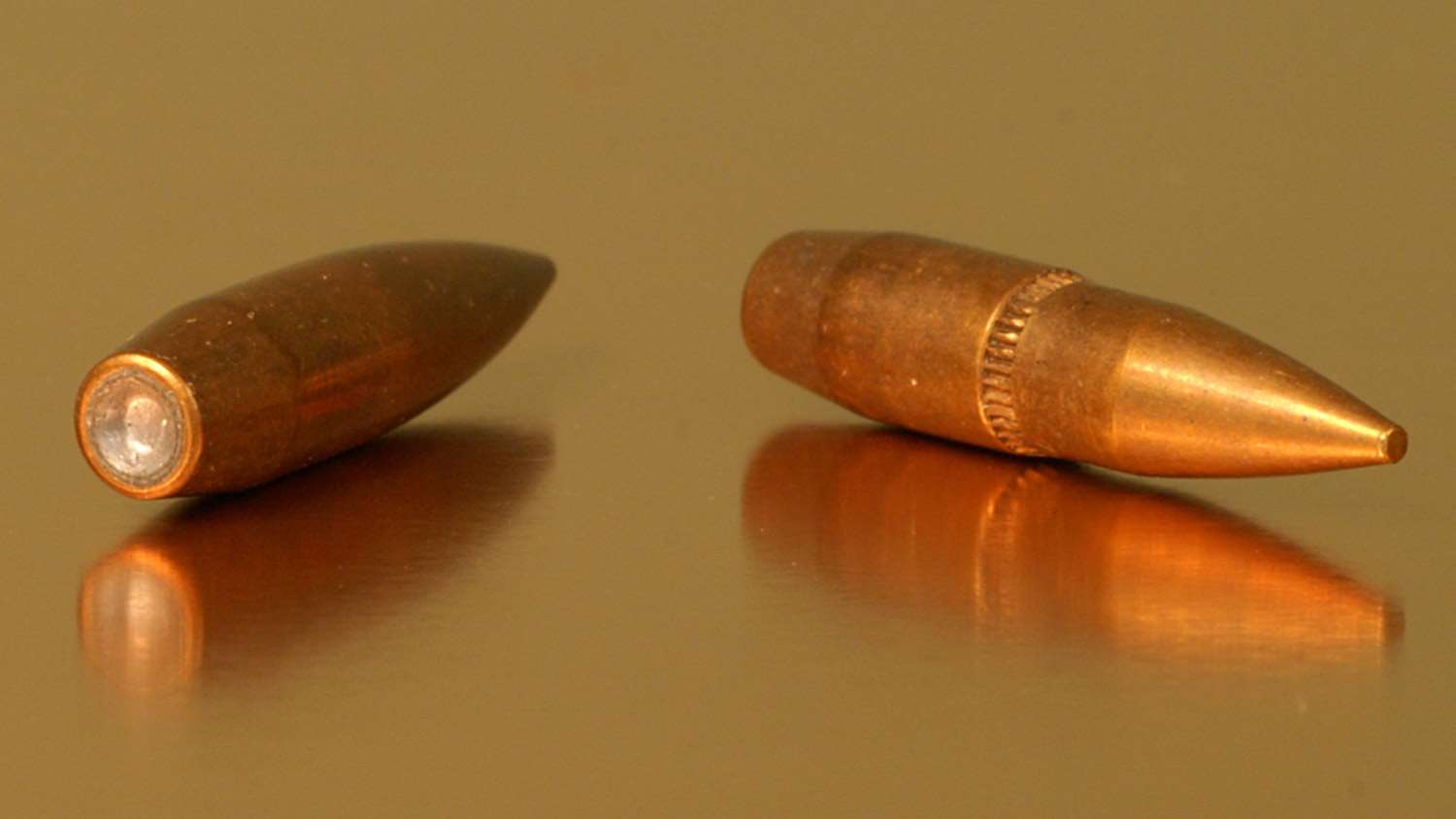
But it’s not a new idea—back in the late 1950s, Remington’s Mike Walker was experimenting with 90-grain .224s. And before that was the SALVO Project. SALVO is a little piece of history, and forbearer, related to the “sub-caliber” uprising (in mil-speak, sub-caliber is anything smaller than .30), which looked at the viability of a .224-caliber alternative to .308 Win. A then-new bullet maker, Sierra Manufacturing Company, produced 68-grain scaled-down versions of the mil-standard .308-caliber bullets. These 68s were designed at Aberdeen Proving Ground by Bill Davis in 1953—the same Bill Davis that again later changed the small-caliber world with his creation of the “VLD” (very low drag) bullet, which led all the current batch of high-ballistic-coefficient bullets to where they are now. Another batch was made for Colt’s in 1964 for testing in an experimental heavy-barreled M16, but the Army showed no interest then in exploring the longer-range capabilities of that platform. Until, of course, they did later with the advent of the HBAR and SS109, and then later with the AR-15 finally coming into its own as a service team competition rifle.
The preceding is a specially-adapted excerpt from Zediker’s book America’s Gun: The Practical AR15. Visit www.buyzedikerbooks.com for more information plus downloads from Zediker Publishing.
Read more articles by Glen Zediker:
- The AR-15: A Brief History
- Barrel Break-In: How To Do It Right
- 7.62 NATO vs. .308 Win.
- Semi-Automatic Tech: Understanding Chambers
- 4 Easy Mods To Improve Reloading-Die Performance
- Choosing An AR-15 Match Rifle Barrel
- Unboxing Your New Gun
- High-Performance High-Power Rifle Ammo: 6 Things That (Really) Matter













